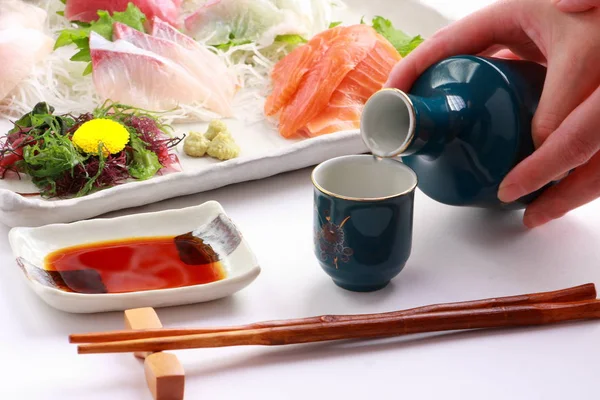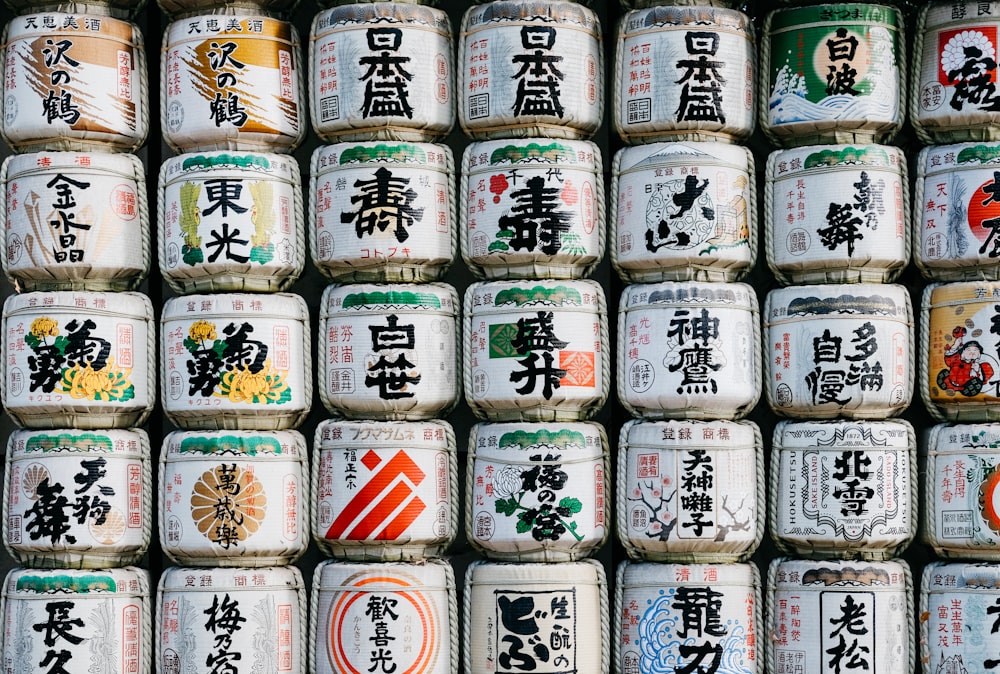Introduction
Sake is an alcoholic beverage made from rice. It’s one of the oldest beverages in Japan, and it’s considered a national drink. Sake is made by fermenting rice with yeast, which creates alcohol. There are several types of sake, each with its own unique flavour. Saketinis are low-alcohol sales that are popular in Japan because they’re lower in calories than other types of saké; however, they can still be enjoyed by anyone who enjoys drinking beer or wine.
The history of sake
History of Sake is very old it has been made in Japan for over 1000 years. It was not until the 20th century that sake was brewed using yeast, a process that today accounts for about 60% of all sake production. The history of sake is closely tied to that of rice cultivation in Japan; it also closely ties to Shintoism, which was introduced to Japan by imported Chinese immigrants during this time period.
How sake is made
Sake is a type of traditional Japanese rice wine made by fermenting rice with yeast. The process involves steaming the rice until it becomes malleable and then applying heat to it to make it break down into starch. Once this has happened, you add water to form a slurry that’s then fermented using yeast (or koji). This combination of ingredients creates sake—a clear alcoholic beverage that can be served at room temperature or chilled.
Current production and consumption
Sake production has been steadily decreasing in recent years, with only about 10% of sake being produced domestically. While this is partly because of the Great Hanshin-Awaji Earthquake (January 17, 1995), it is also due to the rise of wine and beer as drinks that people enjoy drinking at home or on their own time. Currently, you can find many varieties of sake in Japan; however, there are few restaurants that serve traditional senchu (plain) or jizake (oily) varieties.
History of Sake in Japan is centuries old and was first made by monks who lived on Mount Koya during the Heian Period (794-1185). The popularity of sake increased during this time period due to its health benefits—it was thought to have medicinal properties including vitality enhancement and invigoration—and became an important part of Japanese culture over several centuries before being exported overseas during Meiji Era when Japan opened up its borders with other countries like China
Sake is an important part of Japanese culture.
Sake is a Japanese alcoholic beverage made from rice, and it has been an important part of Japanese culture for centuries. While sake can be enjoyed by anyone who enjoys drinking beer or wine, the quality and flavor varies depending on where it’s brewed and how it’s made.
Sake is traditionally brewed in large clay pots called gai (蒲), which are heated over charcoal fires at low temperatures until they reach about 100 degrees Celsius (212°F). The resulting liquid is then transferred into wooden barrels where it sits for several months before being filtered through mats woven from bamboo strips soaked in water (the process removes unwanted particles). After this final step, the sake undergoes further processing to remove impurities like yeast cells or dead yeast cells that may have fallen into your glass when you poured yourself some delicious rice wine!

The history of sake goes back to the Japanese brewery industry.
The history of Sake dates back to centuries, but it’s only recently that people have started to appreciate its complex flavors. In fact, the brewing process is similar to that of beer—the first brewery was established in Nara, Japan—with steaming rice and fermenting and distilling being done by hand (not with automated machines). The result is an alcoholic beverage with a wide range of flavors and aromas depending on where it was made: some sake can be very sweet; others are more dry or acidic.
Sake is considered a national drink.
Sake is a national drink of Japan. It is consumed at all celebrations, such as weddings and funerals. Sake is served to guests, who are often expected to drink one or two glasses before their meal begins in order for them to feel more comfortable around the table.
Sake also symbolizes hospitality and friendship among people in Japan; this tradition goes back thousands of years when it was believed that if you drank sake while visiting someone else’s house then they would be protected from harm by your powerful spiritual energy (yamabushi). This belief still holds true today!
Sake is made from rice and water.
Sake is made from rice and water. There are different types of sake depending on the ratio of rice to water, but all types of sake contain a mixture of these two ingredients.
Rice has been cultivated in Japan for more than 1,000 years, but it wasn’t until the 19th century that they started making a type of alcoholic beverage called “sake.” Before this time, people drank tea or other beverages instead.
Sake is brewed, not distilled.
According to the history of Sake it is brewed, not distilled. In other words, the fermentation process happens in a giant vat instead of a single still. This method allows for the production of high-quality sake that can’t be replicated by distillation alone. Because it’s made from rice and water (with some additional flavorings), sake is considered a natural beverage—it takes longer than beer or wine to ferment but doesn’t require any additional ingredients like hops or fruit juice.
There are several types of sake, each with its own unique flavor.
The history of Sake is very vast. It is a rice wine made from rice and water, often fermented with yeast. It’s brewed, not distilled. There are several types of sake, each with its own unique flavor.
Sake can be enjoyed by anyone who enjoys drinking beer or wine—it has a similar taste profile to beer but tends to have less alcohol content than either of those drinks (about 4% ABV).
Sake can be enjoyed by anyone who enjoys drinking beer or wine
Sake is a popular drink in Japan, and it can be enjoyed by anyone who enjoys drinking beer or wine. Sake is made from rice—the grains are fermented together with water before being brewed into the beverage that we know as sake. While some types of sake are distilled (made through distillation), others are not; this means they’re brewed without being boiled first and filtered afterward.
There are several different types of sake:
- Junmai-shu — This type has low alcohol content and light body, making it ideal for beginners who want to try something new but still enjoy the taste of alcohol.
- Honjozo-shu — This type contains higher levels of alcohol than junmai-shu does, so if you like your drinks strong but don’t want to get wasted at every party… this one’s for you!
Conclusion
We hope this article helped you to learn about the History of Sake and its cultural significance as a beverage that can be enjoyed by anyone who enjoys drinking beer or wine. It’s made from rice and water, so it’s not hard to find at your local grocery store.
